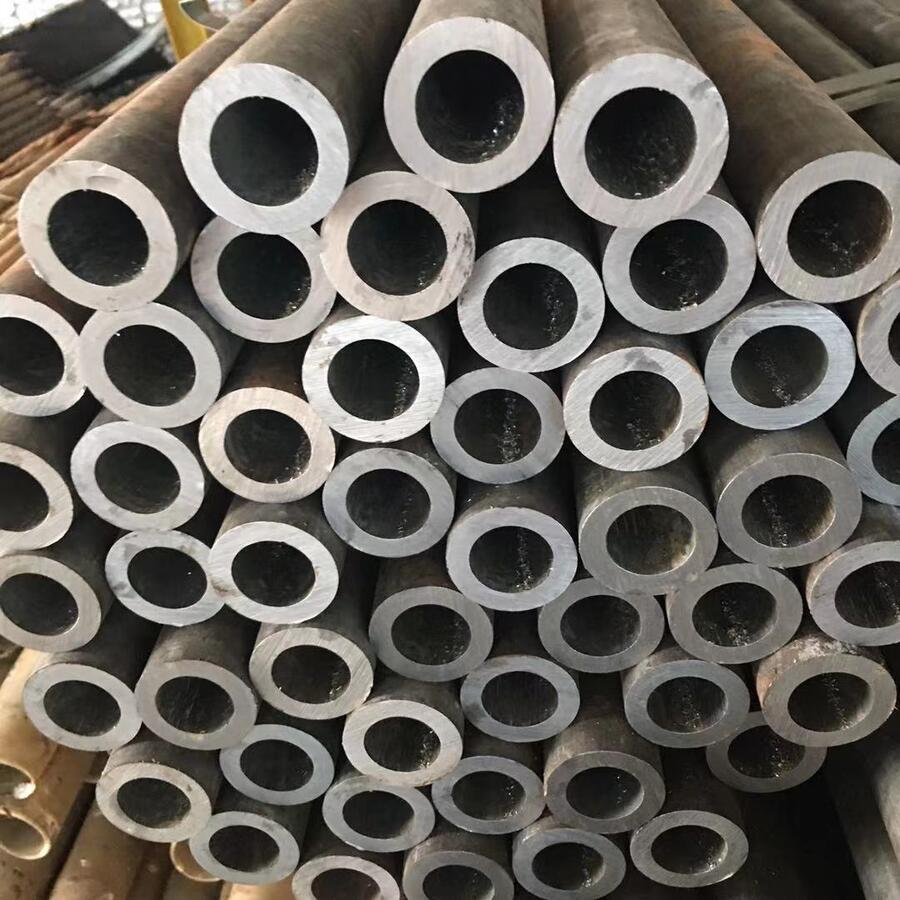Steel mill lines are critical components in the steel manufacturing process, playing a vital role in the production of high-quality steel products. These lines encompass various processes, including melting, casting, rolling, and finishing. In this article, we will delve into the details of steel mill lines, their specifications, and their significance in the steel industry.
What is a Steel Mill Line?
A steel mill line refers to a series of interconnected processes and equipment used to convert raw materials into finished steel products. This includes everything from the initial melting of scrap metal or iron ore to the final rolling and finishing of steel sheets, bars, or other shapes. The efficiency and effectiveness of a steel mill line can significantly impact production rates and product quality.
Components of a Steel Mill Line
Steel mill lines consist of several key components:
- Electric Arc Furnace (EAF): Used for melting scrap steel or direct reduced iron.
- Continuous Casting Machine: Transforms molten steel into solid billets or slabs.
- Hot Rolling Mill: Reduces the thickness of steel products through high-temperature rolling.
- Cold Rolling Mill: Further processes hot-rolled steel at room temperature for improved surface finish and dimensional accuracy.
- Finishing Line: Includes processes like annealing, pickling, and coating to enhance product quality.
Specifications of Steel Mill Lines
Understanding the specifications of steel mill lines is crucial for optimizing production and ensuring quality. Below is a detailed table showcasing various parameters associated with steel mill lines:
| Parameter | Specification |
|---|---|
| Production Capacity | Up to 1.5 million tons/year |
| Electric Arc Furnace Power | 50-300 MVA |
| Continuous Casting Speed | Up to 6 m/min |
| Hot Rolling Mill Width | 600-2000 mm |
| Thickness Range (Hot Rolled) | 1.5-25 mm |
| Thickness Range (Cold Rolled) | 0.2-3 mm |
| Coil Weight | Up to 30 tons |
| Surface Finish | RA 0.1-0.5 µm |
| Control System | PLC-based automation |
| Energy Consumption | 350-500 kWh/ton |
Benefits of Steel Mill Lines
Investing in a modern steel mill line offers numerous advantages:
- Increased Efficiency: Advanced technology reduces production time and energy consumption.
- Improved Quality: Automated processes ensure consistent product quality and reduce defects.
- Flexibility: Capable of producing a wide range of steel products to meet market demands.
- Cost-Effectiveness: Optimized processes lead to lower operational costs and higher profitability.
Applications of Steel Mill Lines
Steel mill lines are utilized in various industries, including:
- Construction: Providing structural steel for buildings, bridges, and infrastructure.
- Automotive: Supplying high-strength steel for vehicle manufacturing.
- Manufacturing: Producing components for machinery and equipment.
- Energy: Fabricating steel for pipelines, wind turbines, and other energy-related applications.
Conclusion
In summary, steel mill lines are essential for the efficient production of steel. Understanding their components, specifications, and benefits can help manufacturers optimize their operations and meet the demands of various industries. As technology continues to evolve, the future of steel mill lines looks promising, with advancements aimed at enhancing efficiency and sustainability.
For more information on steel mill lines and related equipment, you can visit HANI TECH for hot rolling mills and HANI TECH Metallurgy for melting furnaces and auxiliary equipment.




